How to Make an RJ‐45 Cable
The RJ-45 connector is most commonly known for its use in ethernet networking. It's similar to a telephone jack, but it is wider. Most connectors are described through their prongs that attach to port; this is what differentiates the...
Part 1 of 3:
Stripping the Protective Casing
- Adjust the dial of the wire stripper. Twist the dial until it can cut into your cable without damaging the wires inside.
- Make sure that it is the right dial to match the size of your cable.
-
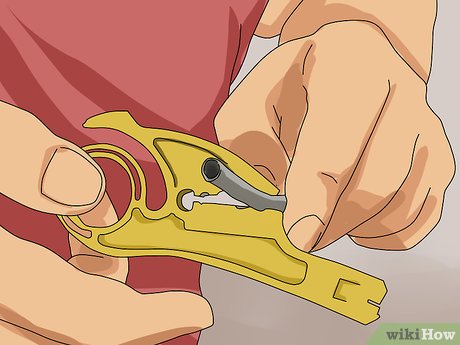 Insert the wire into the notch. Stick the wire into the notch of the wire stripper and gently squeeze the stripper, so it can cut through the rubber cushioning/insulation.
Insert the wire into the notch. Stick the wire into the notch of the wire stripper and gently squeeze the stripper, so it can cut through the rubber cushioning/insulation.- Check to see if the length of the cable is not too short or too long as your inserting it into the notch.
-
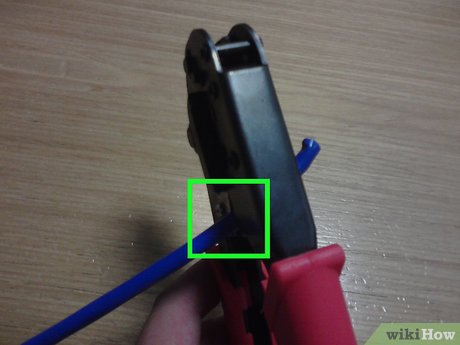 Cut through the insulation. Spin the wire stripper around the wire once it cuts the rubber insulation to make sure that the insulation is cut all the way through.
Cut through the insulation. Spin the wire stripper around the wire once it cuts the rubber insulation to make sure that the insulation is cut all the way through.- Double check to make sure that the inner wires are not damaged, to prevent issues from occurring as you continue!
Part 2 of 3:
Exposung and Organizing the Wires
-
 Pull off the cut insulation so that the inner wires are exposed.
Pull off the cut insulation so that the inner wires are exposed. -

 Untwist the wires. Make it so the colored wires are separated from each other.
Untwist the wires. Make it so the colored wires are separated from each other. -
 Organize the wires.
Organize the wires.- The wires should be organized using the straight through method.
- Both T-568A and T-569B will work, so pick one of the patterns and apply it to both sides of the cable.
- Check the length. Line up the wiring with connectors to see if the length is good.
-
 Cut the excess if the length is longer than needed.
Cut the excess if the length is longer than needed.
Part 3 of 3:
Connecting Everything Together
-
 Insert the wires in the connector. Slide the wires inside the connector so that it is all the way though.
Insert the wires in the connector. Slide the wires inside the connector so that it is all the way though. -
 Crimp the connector. Use the crimping tool by squeezing the connector relatively hard to secure the wires inside the connector.
Crimp the connector. Use the crimping tool by squeezing the connector relatively hard to secure the wires inside the connector. - Double check that all the wires are in the correct order
- Use the crimper on cables. Be careful because after this point you can not redo anything
-

 Test the cables. Test the cables by inserting it into a cable tester or the back end of a router.
Test the cables. Test the cables by inserting it into a cable tester or the back end of a router. -
 Plug in the cables for use!
Plug in the cables for use!
4 ★ | 2 Vote
You should read it
- How to Splice Wire
- How to Wire a Contactor
- How to Connect Electrical Wiring
- How to Wire a 220 Outlet
- Instructions for connecting speakers and audio systems at home
- How to Wire a Light Sensor
- How to Wire a Double Switch
- How to Crimp a Wire
- Distinguish common network cables
- Wire climbing robot repairs high voltage lines
- 5 Casio watches cheap metal wire for men and women easy to use
- How to connect the network with a bug
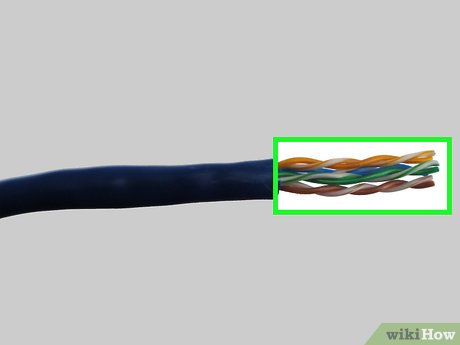
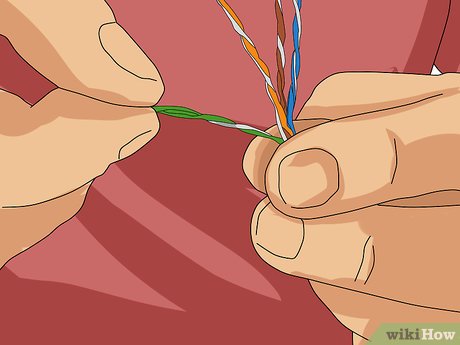
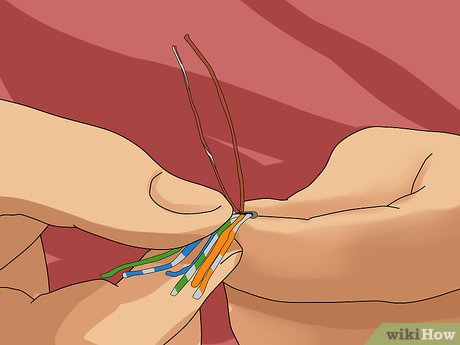
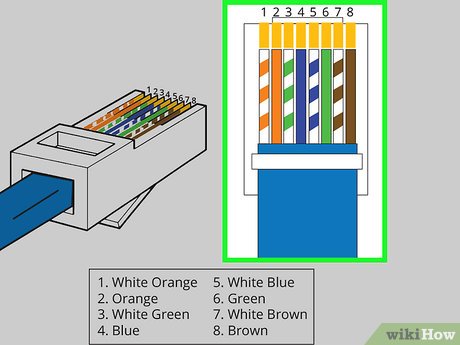
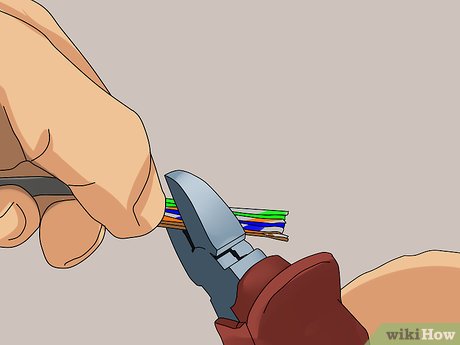
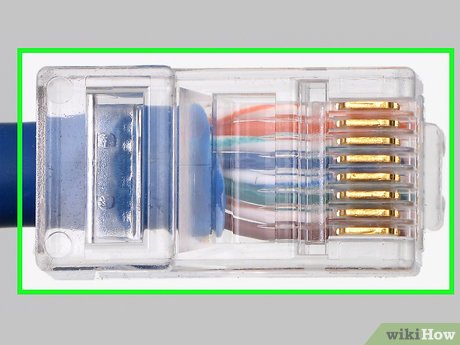
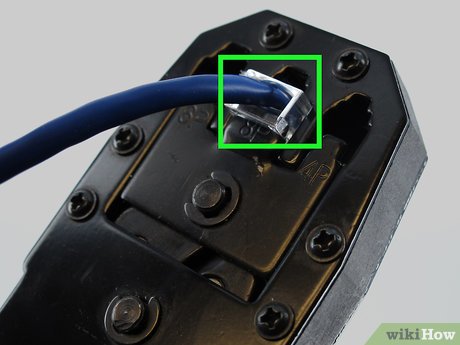
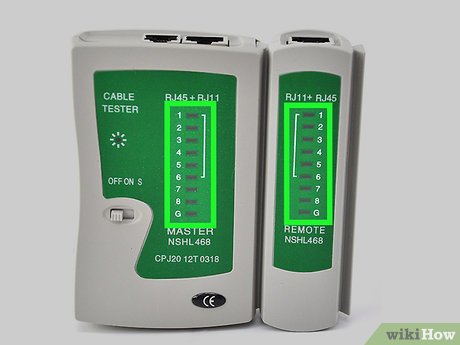
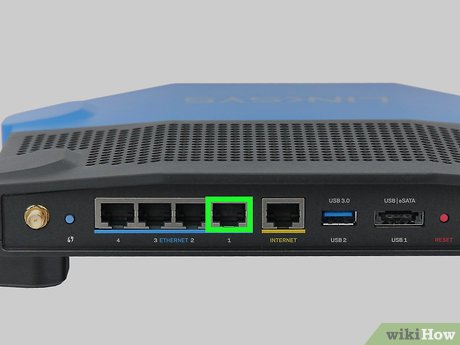
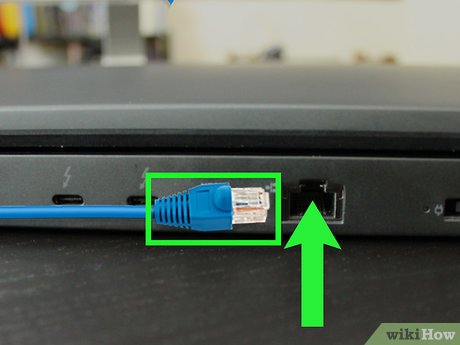






 How to press the end of the RJ45 cable to connect to the computer network
How to press the end of the RJ45 cable to connect to the computer network How to Crimp Rj45
How to Crimp Rj45 How to Hook Up a Comcast Cable Box
How to Hook Up a Comcast Cable Box How are APG and AAG cables different?
How are APG and AAG cables different? These are the types of printer cables needed to connect to the computer
These are the types of printer cables needed to connect to the computer 4 best USB-C cables 2019
4 best USB-C cables 2019